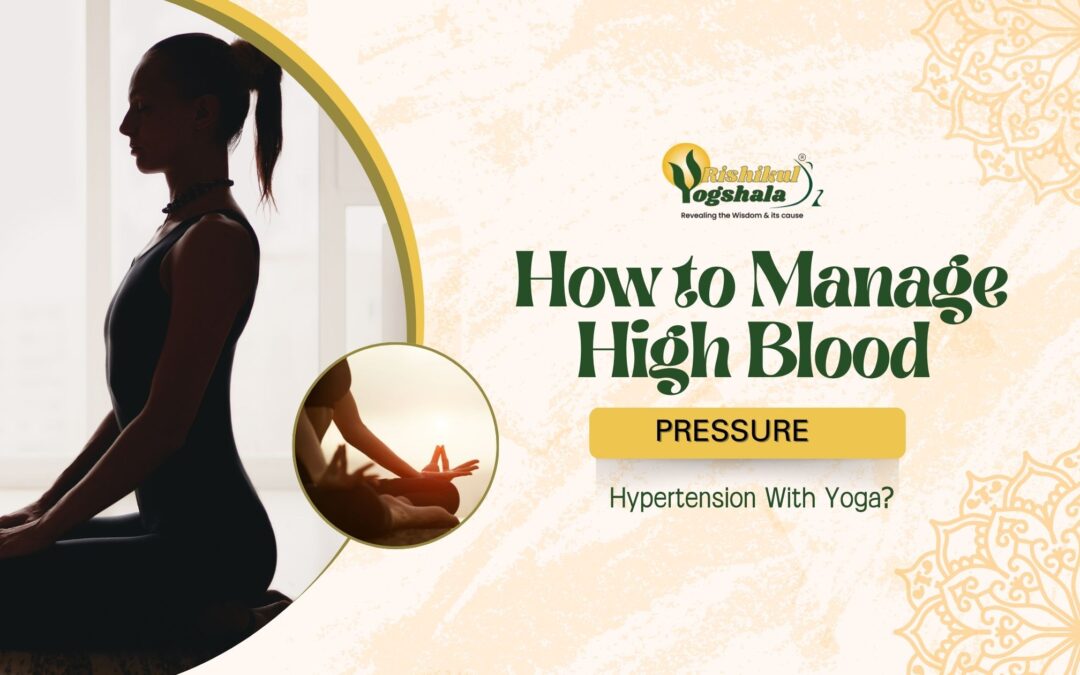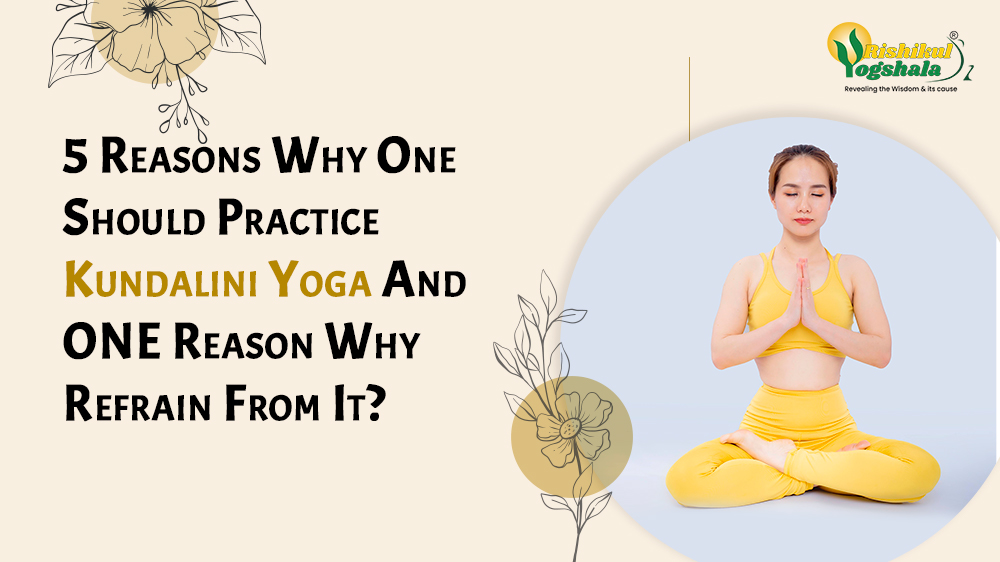The Health Benefits of Bhadrasana (Gracious Pose)
- Blog
- /
- Health Benefits of Yoga
- /
- The Health Benefits of...

Bhadrasana: The Auspicious Pose
Bhadrasana, denoting ‘auspiciousness,’ is a posture mentioned in the seminal Hatha Yoga text, the Hatha Yoga Pradipika, as a posture that activates the Muladhara or Root Chakra. Bhadra Yoga meaning refers to a practice that involves the ‘Gracious Pose,’ a seated yoga posture aimed at improving flexibility, promoting inner peace, and enhancing physical strength. This asana is performed in a seated position and can be held for extended periods as it is fairly comfortable. The defining characteristic of the pose is a thorough lengthening of the spine, allowing the shoulders to relax.
In addition to the health benefits, Bhadrasana has an inherent quality of bringing groundedness and calm. The association with the Root Chakra suggests a connection with the Earth element, leading to a fortified sense of security, satisfying basic needs, feeling grounded in familial relationships, and being in tune with one’s own body. Anatomically, Bhadrasana develops flexibility in the legs, builds power in the backbone, thighs, hips, and buttocks, and has the potential to relieve varicose veins.

How to Perform Bhadrasana?
- Starting Position: Sit at the center of the yoga mat and stretch out your legs. Kneel forward with your lower legs folded and the big toes of both feet crossing each other. Gently fold your body so that the thighs rest over the calves.
- Hand Placement: Place your hands on your knees and fix your gaze on a point in front of you. Keep your neck and head straight and upright. Inhale and exhale deeply as you remain seated in this position.
- Knee Separation: Separate the knees without breaking the contact of your toes with the floor. The buttocks and perineum should rest on the floor between the feet. Place your palms on the kneecaps and gently push your legs a bit more apart without straining. Keep the spine erect.
- Foot Hold: Hold the toes of your feet with your hands, making the grip firm. Bring your legs closer to the perineum, touching the floor.
- Breathing: Calm your breath to a slower rhythm. Consciously relax your spine, neck, and shoulders while keeping upright. Stay in the position as long as it feels comfortable, drawing inward meditatively.
You can silently say a prayer or chant a mantra while performing this meditative pose.

Benefits of Bhadrasana pose
Let us discucss some popular benefits of bhadrasana:
- Relieves Varicose Veins: Varicose veins indicate irregular blood supply to the heart, often due to prolonged sitting or excessive walking in high heels. Bhadrasana Pose employs leg elevation, which soothes varicose veins by helping lymphatic fluids and blood drain upwards to the heart.
- Enhances Digestive Fire: Bhadrasana creates a mild massage for internal abdominal organs. The folding at the knees and pulling them apart creates pressure in the stomach and intestines, kindling digestive fire and helping release constipation, gastritis, and acidity.
- Strengthens the Backbone and Relieves Backache: This posture realigns drooping shoulders and rounded back. It is effective for unwinding a stiffened back after a grueling day.
- Good Prenatal Posture: Lengthening and strengthening the pelvic floor is one of the benefits of this pose. It expands the pelvic bottom and makes the muscles supple for a smooth childbirth.
- Antidote to Fatigue: A thorough breath-based practice in Bhadrasana Pose increases blood flow, unlocking dormant energy and combating fatigue.
Utilize the meditative moment of performing Bhadrasana to breathe into your center and kindle untapped energies.
What is the Importance of Bhadrasana?
Bhadrasana Yoga Pose is another name for the Gracious Pose Yoga and is considered to hold much more importance in the yoga world than any physical benefits. It has been said to soothe the mind and offer a feeling of grounding and stability. Bhadrasana connects with the Muladhara Chakra or Root Chakra and, therefore, helps find an equilibrium for our sense of security and survival, which ultimately promotes the feelings of being centred and bound to the Earth. Staying in this pose still while sitting tightly enhances concentration and focus, making it a very apt pose for meditation.

On the physical level, Bhadrasana Yoga Pose has a host of benefits; it is very good for those who have misaligned postures, a painful back or tension in the hips and thighs. Stretching the spine and creating a seat that creates an upright posture is one way by which prolonged sitting or slouching in today’s lifestyle can be countered. Indeed, the deep stretch inside the legs and hips makes the regions much more flexible and stronger, thereby even increasing overall mobility and ease of movement. Plus, it can help alleviate varicose veins because it improves blood circulation and lymphatic flow.
Bhadrasana has a symbolic approach to creating a strong bond with the earth, which grounds the practitioner at the moment. In today’s world, where distractions and anxieties have filled every nook and corner of the human brain, this pose can build a deep interior sense of calm and clarity, irrespective of the practice one has acquired. The breathwork associated with Bhadrasana also helps to reduce stress and anxiety, making it of high value in mental wellness, as well.
Who Should Avoid Bhadrasana?
While Bhadrasana Yoga Pose is a generally uncomplicated, easily accessible pose, some must arrive at it with caution or even avoid it altogether:
- Knee Injuries: Since Bhadrasana involves bending the knees deep, individuals with any kind of knee injuries or pain should steer clear of this asana. It includes such injuries like torn ligaments, arthritis, or even a recent knee surgery. If one still feels a little pain or strain when sitting in this position, they may have to adjust their positions or alternative asanas which do not involve bending the knees so deep.
- Damage to the Ankle or Foot: People with a sprained ankle or plantar fasciitis, for example, will be challenged to hold this position for more than a few minutes. The weight upon the feet in this seated position can further strain these conditions. Visit your physician or yoga instructor for alternative movements that might help reduce discomfort or injury.
- Pregnancy (Late Stages): Bhadrasana is usually safe for prenatal yoga, at least up until the second trimester because it opens up the pelvic floor. As one approaches the third trimester, compressing the abdomen makes this not advisable. Pregnancy always necessitates prenatal yoga to be taught by an appropriate yoga teacher who specialises in prenatal yoga.
- Severe Lower Back Pain: Although Bhadrasana can be useful in general back pains due to improved posture and spinal alignment, clients who have severe lower back issues or disc problems need to be extremely careful. The pose can challenge an already compromised spine; therefore, it is really up to the individual to listen to his body and modify the pose if needed.
Then, it is always recommended that if one feels some form of pain or discomfort during Bhadrasana, he or she should consult an expert yoga master or a medical practitioner.
Advanced Yoga Poses After Bhadrasana
Bhadrasana is a good starting point for a more complex set of asanas, especially those in which the flexibility and spinal strength of the hips will be developed. You can eventually transition to other, more challenging asanas once you get accustomed to Bhadrasana and have built a firm practice. The following are some advanced poses you can learn once you feel that you are ready after mastering Bhadrasana:
1. Padmasana (Lotus Pose): Lotus Pose is probably one of the most identified sitting asanas postures. It demands considerable mobility in the hips, thighs, and knees. Therefore, it is a very natural progression from Bhadrasana. Padmasana is often used in meditation and pranayama where it calms the mind and places the focus as well as helps bring clarity to your thoughts.
Learn More – Baddha Padmasana (Locked Lotus Pose) – Top 7 Excellent Health Benefits

2. Vajrasana or Thunderbolt Pose: This is a seated position that strengthens the lower body and aids digestion. It helps pump blood circulation and remove bloating or indigestion problems. Just like Bhadrasana, Vajrasana also can be used as an excellent meditation pose and can be done even after eating.

3. Gomukhasana (Cow Face Pose): Gomukhasana is a sitting pose, and it provides a deep stretch of the hips, thighs, as well as shoulders. Unlike Bhadrasana, it stretches the upper body and to a certain extent broadens flexibility of the shoulders.

4. Supta Baddha Konasana (Reclining Bound Angle Pose): This asana is a variation of Bhadrasana in which the body reclines backward with retaining the legs in the same position. Thus, Supta Baddha Konasana provides an intense stretch to the inner thighs and hips besides opening the chest. This is one of the most resting asanas that seems to calm and de-stress the practitioner the most.

5. Upavistha Konasana (Seated Wide Angle Pose): For somebody who wants flexibility in hamstrings and inner thighs, Upavistha Konasana is the next appropriate step. This forward bend seated pose opens up the legs so wide that it forms a real extent of deep stretching in the spine, building upon all flexibility developed in Bhadrasana.

FAQs About Bhadrasana
Q: Is Bhadrasana effective for stress relief?
A: Absolutely! Bhadrasana happens to improve one’s focus, promote physical alignment, provide mindfulness and emotional balance, and calm the nervous system.
To know about Bhadrasana in further detail, explore our Yoga Teacher Training in India.
Learn More – Top 5 Health Benefits of Upward Lotus (Urdhva Padmasana)
Conclusion
Bhadrasana, with its grounding and calming effects, is a powerful asana that benefits both body and mind. By incorporating this auspicious pose into your routine, you can enhance flexibility, stimulate digestive fire, relieve varicose veins, and strengthen your back. Whether you are a beginner or an experienced practitioner, Bhadrasana can significantly contribute to your overall well-being. Sitting yoga asanas offer a gentle yet powerful way to enhance flexibility, reduce stress, and promote overall well-being, making them an excellent addition to any yoga practice.
Learn More – Sitting Yoga Asanas – Top 10 Excellent Health Benefits
For more in-depth training and to deepen your practice, consider enrolling in our 200 hour Yoga Teacher Training in Kerala, 300 hour Yoga Teacher Training in Kerala, or 500 hour Yoga Teacher Training in Kerala. Visit our website for more information and start on a transformative journey with Rishikul Yogshala.








